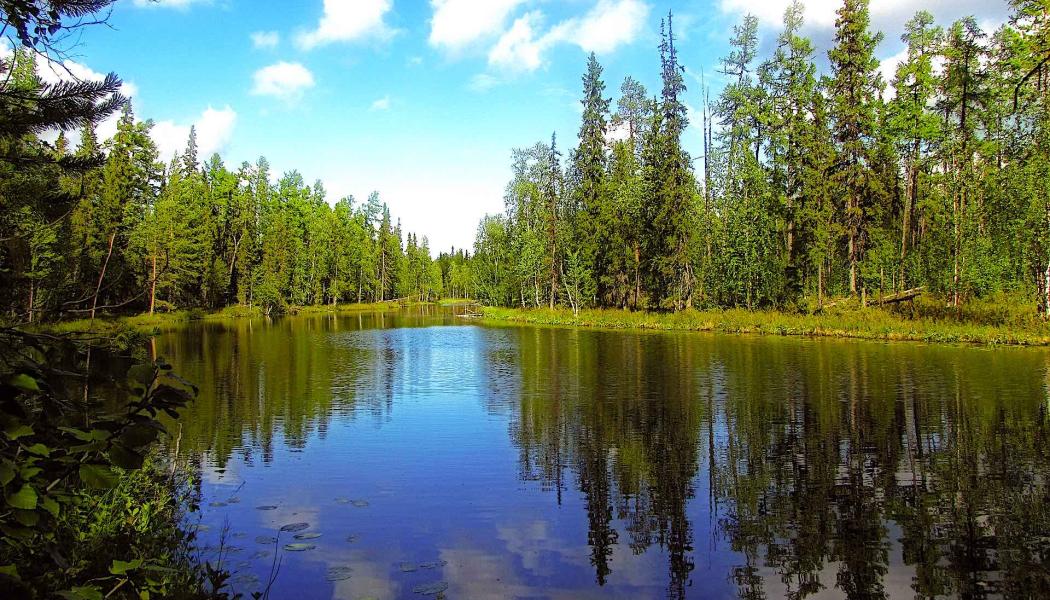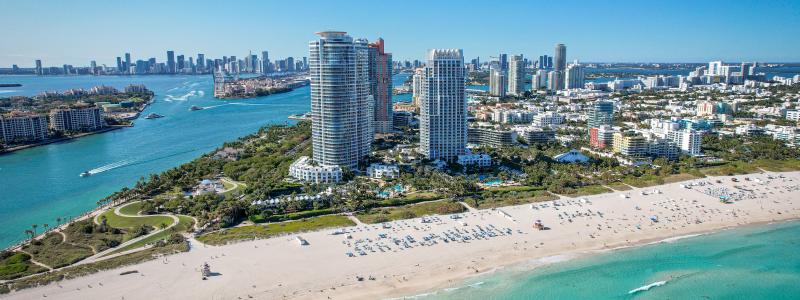The Finnish Forestry Agency, Metsähallitus, has announced plans to significantly reduce the width of forests bordering the Lake Iso-Valkeinen, cutting down from 20–40 meters to a mere 5–15 meters through logging. Researchers argue that a mere line of one or two trees no longer constitutes a forest, raising alarms about the future of these crucial ecosystems.
The proposed logging plan aims to thin out forest bands around the lake, including a peninsula that juts into the water. The clear-cutting method has been chosen while trees will not be felled right down to the waterline—leaving a buffer zone of between five to fifteen meters, averaging ten meters from the shore.
A Step Backwards
This development is seen as a regression, mainly as previous efforts have been made to mitigate the impacts of logging. Critics wonder if the state-owned forestry company is now moving in the opposite direction regarding managing lakeside forests.
These forests hold unique values, not only for recreation and landscape but also for nature itself. Hence, they are often preserved, even though the law does not mandate it.
A Critical Habitat
Metsähallitus is now set to log these previously untouched forests around Iso-Valkeinen, despite their role as critical habitats for wildlife and their contribution to biodiversity.
"This action is justified by 'normal logging cycles,'" says Hannu Lehtonen from Metsähallitus, explaining that the goal has never been to preserve them—they just weren't included in previous logging plans.
Greenpeace has expressed concern over these plans, noting that these lakeside forests constitute a unique habitat. Lakeside forests are often more biologically diverse than other forest types and play a crucial role in terrestrial and aquatic ecosystems.
Recreational value
The criticism of these logging plans underscores the need to protect these valuable natural areas for future generations. It's crucial for preserving biodiversity and maintaining the cultural and recreational value these forests provide.
Source: Helsingin Sanomat.



















































